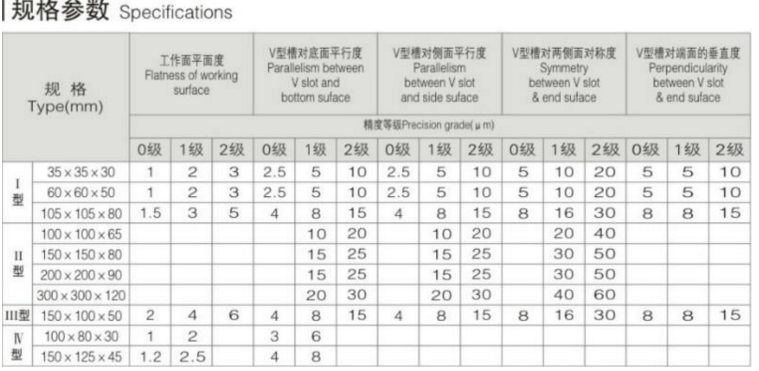নভে. . 05, 2024 21:55 Back to list
Constructing an Effective Welding Table for Your Workshop Needs
Building a Welding Table A Guide for Beginners
Welding is a versatile skill that opens the doors to countless creative and practical projects. One of the essential tools for any welder, whether a novice or a seasoned professional, is a stable and sturdy welding table. In this article, we will guide you through the process of building your own welding table, which will not only meet your needs but also enhance your productivity and safety.
Why Build Your Own Welding Table?
While you can purchase pre-made welding tables, building your own offers several advantages. Customizing the size, height, and features to fit your unique welding projects is probably the most significant benefit. A homemade table can also be constructed with materials chosen for durability and specific applications, such as metal or wood, according to your preferences. Additionally, creating your own table can be a rewarding project, helping you hone your skills further as a welder.
Materials Needed
Before you start building, gather the necessary materials
1. Steel or Metal Frame Choose heavy-duty steel tubing or angle iron that can withstand heavy projects. 2. Tabletop Material Common options include steel plates, plywood, or a combination of both. Steel is preferred for its durability. 3. Legs Again, steel is recommended; ensure they are robust enough to support the weight of your projects. 4. Caster Wheels (optional) If you want your table to be mobile, select sturdy wheels that can lock in place. 5. Welding Supplies You will need your welding machine, helmet, gloves, clamps, and various welding rods or wire.
Instructions for Building Your Welding Table
1. Design Your Table Sketch a design that meets your needs. Consider dimensions, height, and whether you want additional features like shelves for storage.
2. Cut the Frame Using a cutting torch or angle grinder, cut your steel tubing to create the frame. Ensure the pieces are cut accurately to fit together precisely.
building a welding table

3. Weld the Frame Start assembling the frame by welding the pieces together. Use clamps to hold them in place as you work. It’s important to create a level base, so check with a level tool frequently.
4. Add the Legs Once the frame is complete, attach the legs sturdy to each corner. Make sure they are aligned properly to maintain stability.
5. Prepare the Tabletop Cut your tabletop material to size. If using steel, ensure it is thick enough to handle extensive work without warping.
6. Attach the Top Weld or bolt the tabletop onto the frame. If you opted for a plywood top, make sure it’s secured tightly to prevent any movement during welding.
7. Finish and Inspect Clean the welding table by removing any sharp edges or splatter. Inspect the entire structure to ensure all joints are secure and there are no weaknesses.
Safety Considerations
While building your welding table, always prioritize safety. Wear appropriate protective gear, including gloves, a welding helmet, and protective clothing. Make sure your workspace is well-ventilated to prevent fumes from accumulating. Additionally, keep a fire extinguisher nearby, as welding can pose fire risks.
Conclusion
Building your own welding table is a practical and fulfilling project that can significantly improve your welding capabilities. By customizing the size and features to suit your specific needs, you'll create a workspace that promotes safety and efficiency. So gather your materials, follow these steps, and embark on the journey to create a sturdy welding table that will serve you for years to come. Happy welding!
-
Right Angle Ruler Innovations in Measuring ToolsNewsJul.18,2025
-
Parallel Ruler Maintenance for Long-Term AccuracyNewsJul.18,2025
-
Magnetic V Block 4 Inch Cost Effectiveness AnalysisNewsJul.18,2025
-
Internal Thread Gauge Innovations for Faster InspectionNewsJul.18,2025
-
Ground Anchor Applications in Construction and LandscapingNewsJul.18,2025
-
Butterfly Valve Types StandardsNewsJul.18,2025
Related PRODUCTS









